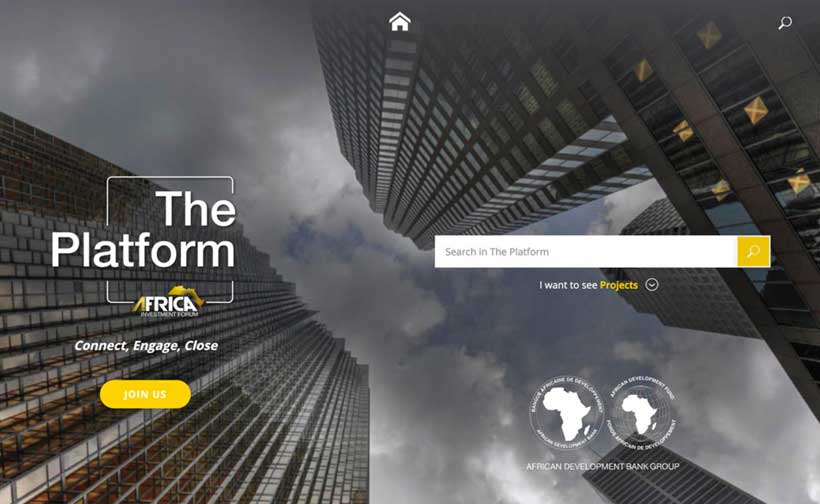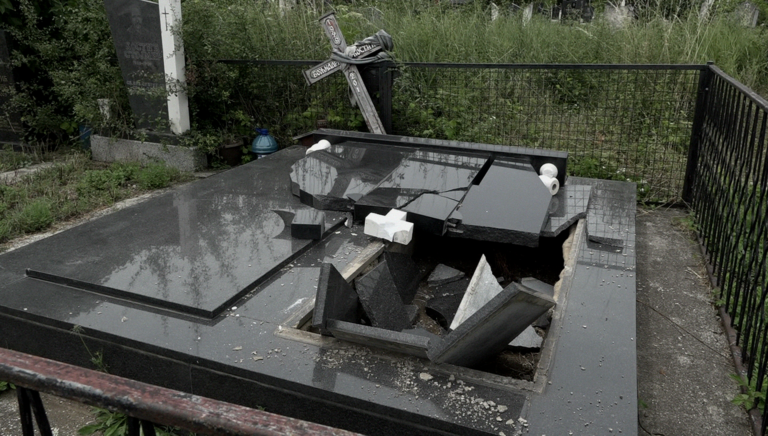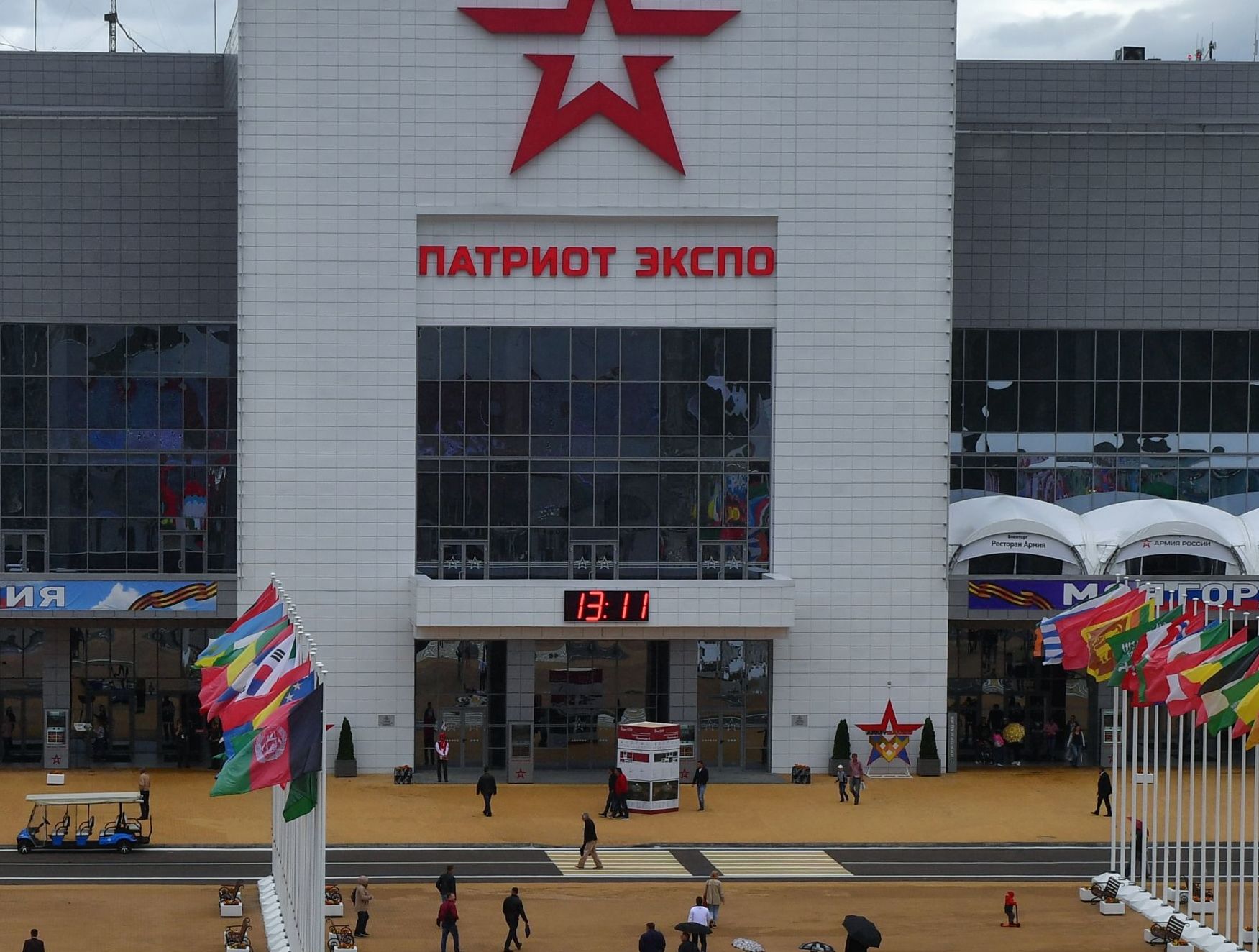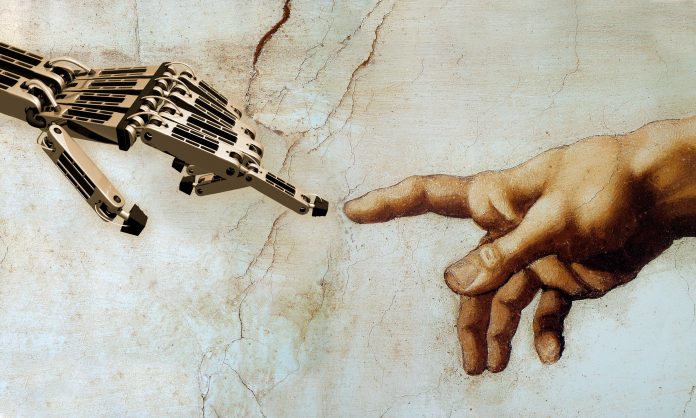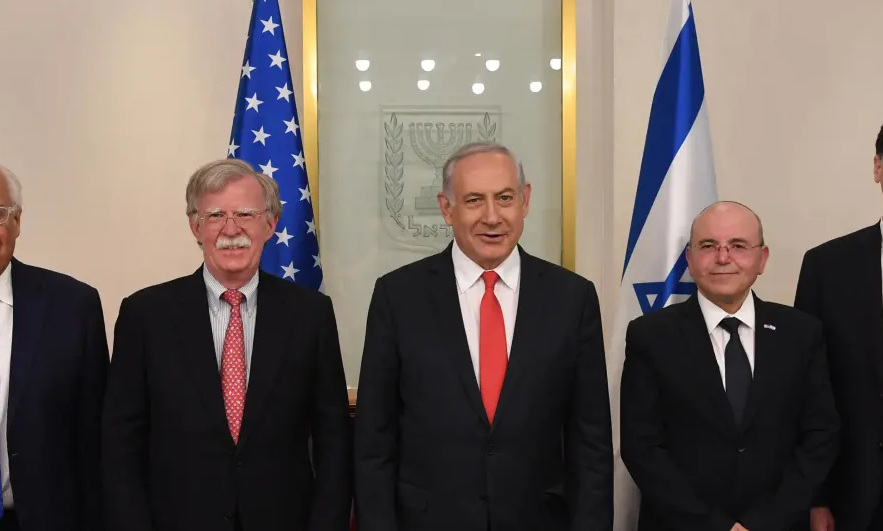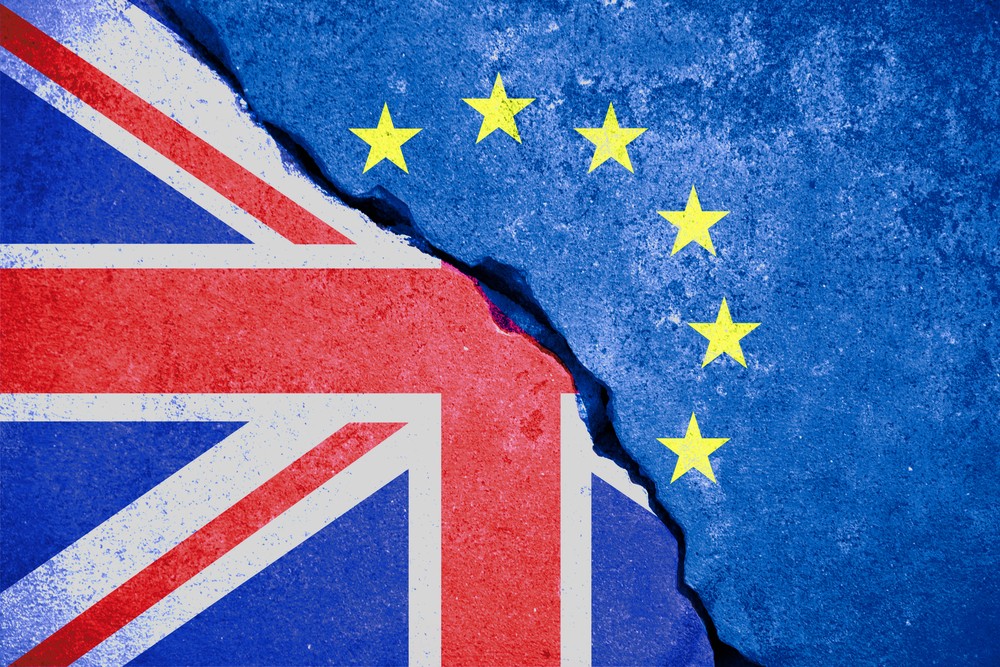Palestinian youth fight back on social media
When National Geographic Abu Dhabi in April posted a seemingly benign image of Nubian ibex climbing cliffs on its Facebook and Twitter accounts, its...
African Development Bank unveils new digital platform for Africa Investment Forum
The African Investment Forum’s new digital platform will connect project sponsors with investment opportunities in Africa, vastly improving the quality of project information and...
The impact of AI in international relations
The digital revolution, known as the third industrial revolution, has had ground-breaking effects on the geo-politics of the 21st century. Technological revolution has changed the perceptions of humankind and increased the productivity of the global economy.
Last week: A desecrated cemetery; This week: „Kosovo is an example of interfaith tolerance...
„In terms of interfaith tolerance and coexistence, Kosovo sets an example in the region and beyond,“ the Kosovo Foreign Minister, Behgjet Pacolli said at...
Novi Twitter: „U jednoj reči- ružan“
Promene koje je „pretrpela“ plaftorma društvene mreže postepeno su najavljivane od početka ove nedelje.
Do promena je došlo zbog bržeg i efikasnijeg korišćenja Tvitera, saopštili su iz kompanije.
The Digital Trial of Ivanka Trump
It began with a necklace. A diamond necklace to be precise. It was purchased from two Jewish jewellers on behalf of the French Queen Marie Antoinette in 1785. The necklace, comprised of 647 stones, and weighing 2,800 carats, never made it to the Queen. Rather, it fell into the hands of a charlatan women who had enlisted a rich if somewhat dim-witted priest to “pull off” the heist of the 18th century. The charlatan convinced the priest that the French Queen required his assistance in purchasing the necklace, as she herself was heavily in debt and could not afford to do so on her own. The unsuspecting priest, assuming that he was on a personal errand for the Queen, purchased the necklace at great expense and gave it to the charlatan woman who proceeded to England were she sold all 647 stones individually.
Several weeks after the purchase, the Jewish jewellers requested an audience with Marie Antoinette where they, politely, asked to receive payment for the necklace. At this moment, the ..
Stiže istina o ruskoj vojsci: Šojgu pravi svoj Holivud
Ministarstvo odbrane Rusije namerava da napravi sopstveni filmski studio na parku „Patriot“, u kojem je upravo završen Međunarodni vojno-tehnički forum „Armija 2019“. Kako se...
Jovan Kurbalija (55) is the Ambassador of the Internet
“ambassadors of the Internet”, says Jovan Kurbalija (55) in Geneva is called. In 1992, the native Serb invented the “digital diplomacy”. What is the...
Empowering Israel’s Foreign Service with innovative diplomacy
Israel’s Ministry of Foreign Affairs (MFA) is crying out for change more than ever before. The decade-long tenure of Benjamin Netanyahu as prime minister has plunged this key government agency, tasked with managing and carrying out Israel’s foreign affairs, to unprecedented lows. In many respects, the MFA i
Selfie Diplomacy in a post-Brexit World
In 2015 Dr. Elad Segev and I examined the Selfie Diplomacy of the US State Department. We defined selfie diplomacy as the use of social media sites to proactively manage a nation’s image. In this sense, selfie diplomacy is akin to nation branding campaigns in which a nation’s image can be created, monitored and evaluated so as to enhance a nation’s attractiveness among a foreign audience. Yet selfie diplomacy also differs from nation branding as it overcomes the limitations of traditional branding campaigns.
The first limitation of nation branding campaigns is their inability to react to changes in the media’s depiction of a given nation. This is because nation branding campaigns consist of pre-authored messages and narratives. Yet political crises, wars, contentious foreign policies and the actions of national leaders can all influence the media’s depiction of a nation rendering its branding activities meaningless. The greater the gap between a nation’s identity claims, and the media..






